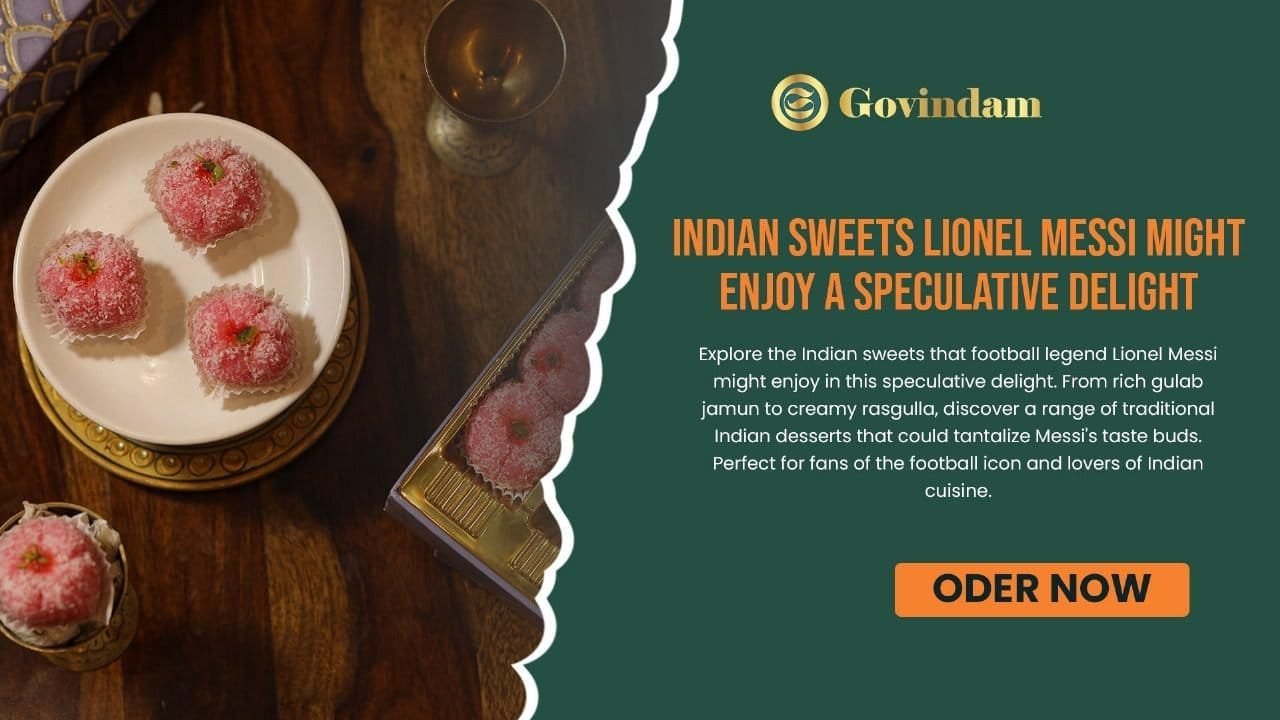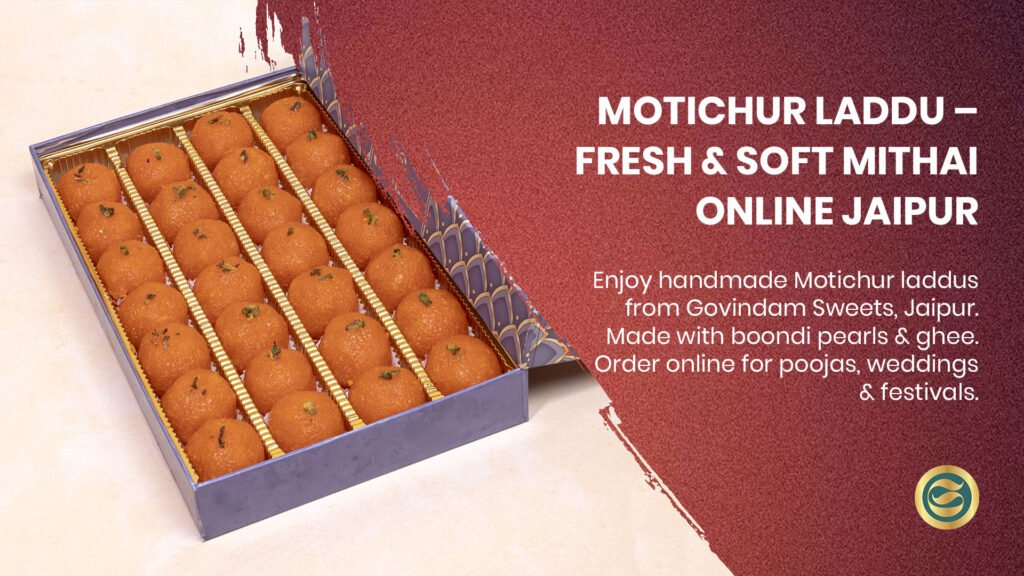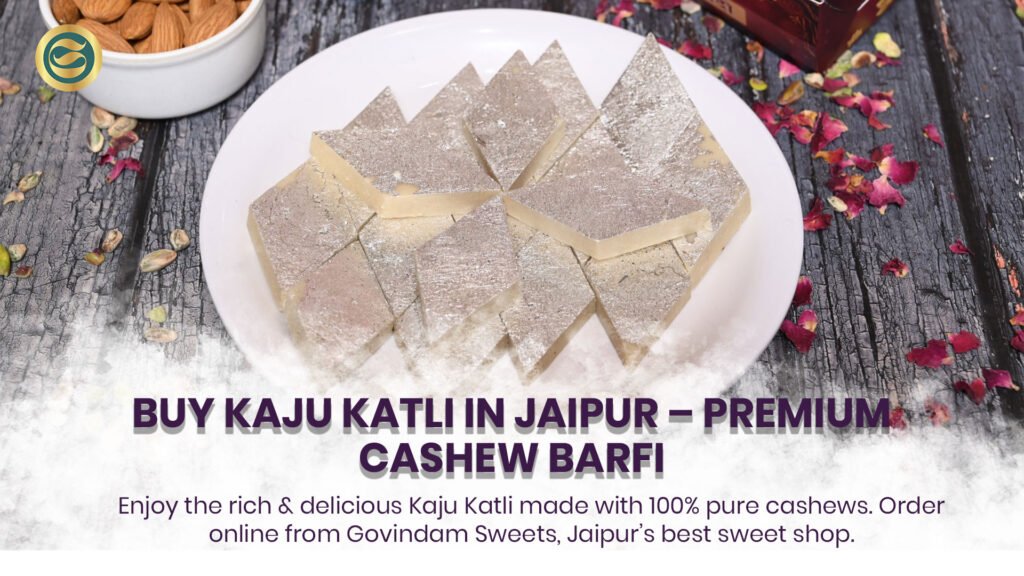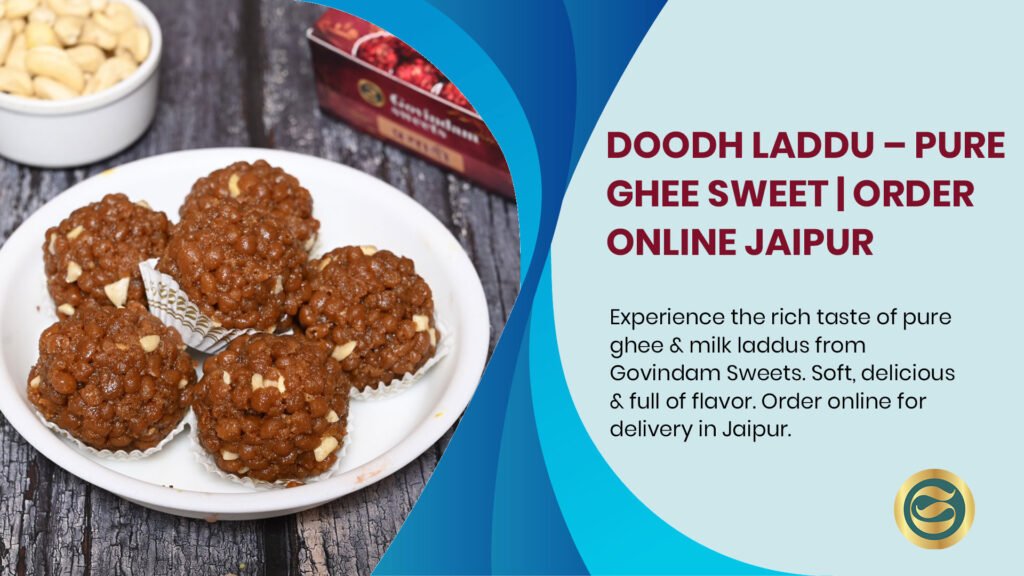
Posts
Indian Sweets Lionel Messi Might Enjoy Flavorful Speculation

Explore purely speculative discussion about Indian Sweets Lionel that might appeal to international figures like Lionel Messi, examining flavor profiles suitable for global palates, cultural food contexts, Argentine culinary traditions, internationally accessible Indian desserts, and how traditional sweets bridge cultural differences through universal appreciation of quality craftsmanship.
Indian Sweets Lionel Messi Might Enjoy: A Flavorful Speculation
Critical Disclaimer: Pure Speculation and Hypothetical Exploration
This article is entirely speculative and hypothetical. There is no documented evidence, verified reporting, or credible public information about Lionel Messi’s preferences regarding Indian sweets, experiences with Indian cuisine, or opinions about traditional Indian desserts. This exploration is purely educational and entertainment-focused, examining which types of Indian sweets might appeal to someone with an Argentine/Spanish culinary background, discussing Indian desserts with broad international accessibility, exploring flavor profiles that transcend cultural boundaries, and using this hypothetical framework to celebrate Indian sweet-making excellence and cultural food exchange principles—rather than making any claims about Messi’s actual preferences, which remain private and unknown.
Understanding this topic requires acknowledging fundamental realities: international sports figures’ dietary preferences rarely include traditional ethnic desserts from distant cultures without personal connection; professional athletes maintain disciplined diets prioritizing performance over indulgence; personal food preferences vary enormously regardless of cultural background; and speculation about famous individuals’ tastes serves primarily as engaging framework for discussing broader cultural topics rather than revealing actual information about those individuals. This exploration honestly embraces these limitations while providing genuine value through examining Indian sweet traditions, international food accessibility, and cultural exchange through confectionery.
While Govindam Sweets specializes in authentic Rajasthani excellence through our comprehensive collection including Ghewar and Balwan Laddu, exploring how traditional Indian sweets might appeal to international audiences enriches appreciation for universal qualities that transcend cultural specificity—excellent craftsmanship, quality ingredients, balanced flavors, and authentic preparation creating appeal across diverse backgrounds. This examination celebrates Indian confectionery excellence while acknowledging the purely hypothetical nature of connecting these traditions to any specific international figure without verified information.
Argentine and Spanish Culinary Contexts
Traditional Argentine Dessert Preferences
Understanding hypothetical appeal requires context about Argentine culinary traditions that might inform taste preferences. Traditional Argentine desserts emphasize:
Dulce de Leche: Caramelized sweetened milk forming cornerstone of Argentine dessert culture—appearing in countless preparations from simple spreads to elaborate pastries, creating fundamental sweetness preference and milk-based dessert familiarity.
European Influences: Strong Italian and Spanish heritage creating preferences for pastries, custards, flans, and European-style desserts rather than primarily indigenous South American preparations.
Moderate Sweetness: Argentine desserts tend toward substantial but not overwhelming sweetness—balanced rather than aggressively sugary, creating preference patterns that might influence receptivity to various Indian sweet intensities.
Dairy Richness: Prominent milk, cream, and cheese usage in desserts creating familiarity with dairy-forward preparations that dominate traditional Indian sweet-making.
Simple Presentations: Traditional Argentine desserts often favor straightforward presentations over elaborate decorations, valuing substance and flavor over visual complexity.
These characteristics suggest hypothetical openness to certain Indian sweet categories—particularly milk-based preparations with moderate sweetness—while other extremely distinctive regional specialties might seem more culturally distant and challenging for palates shaped by European and South American traditions.
Spanish Culinary Influences
Messi’s extensive time in Spain (Barcelona specifically) adds another cultural context potentially shaping preferences. Spanish dessert traditions include:
Flan and Custards: Egg-based creamy desserts similar to some Indian preparations in texture if not flavor profile.
Turrón and Nougat: Nut-based confections sharing some characteristics with Indian barfi or other nut-forward preparations.
Fruit-Based Sweets: Preserved fruits, fruit pastes, and fruit-forward desserts creating potential appreciation for fruit-enhanced Indian sweets.
Moderate Spicing: Spanish cuisine uses cinnamon, vanilla, and citrus in desserts—moderate spicing that might create comfort with cardamom and saffron used judiciously in Indian sweets.
The Mediterranean influence creates additional familiarity bridges potentially making certain Indian preparations more accessible than they might be to palates without European dessert exposure creating partial overlap in preparation formats and flavor profiles.
Indian Sweets Lionel with Broad International Appeal
Characteristics of Globally Accessible Indian Desserts
Certain Indian sweets demonstrate broader international appeal based on recognizable characteristics:
Balanced Sweetness: Neither excessively sweet nor insufficiently sweet by international standards—moderate sugar levels that diverse palates appreciate without requiring acquired taste development.
Familiar Textures: Textures resembling internationally known dessert categories—fudge-like barfi similar to Western confections, syrup-soaked gulab jamun reminiscent of doughnuts in sweet liquid, or creamy preparations similar to custards and puddings.
Mild Flavor Profiles: Not aggressively spiced or distinctively unfamiliar—preparations where cardamom, saffron, or rose water enhance rather than dominate, creating gentle introduction to Indian flavor vocabularies.
Visual Appeal: Attractive presentations creating positive first impressions before tasting—golden colors, attractive garnishes, organized arrangements communicating quality and care.
Quality Ingredients: Premium preparations using recognizable materials—nuts, milk, sugar—rather than unfamiliar ingredients creating hesitation or confusion about composition.
Specific Internationally Appealing Preparations
Based on these criteria, certain Indian sweets demonstrate consistent international appreciation:
Kaju Katli (Cashew Fudge): Mild cashew flavor, fudge-like texture, attractive diamond shape, and premium positioning make this frequent favorite among international audiences encountering Indian sweets. The familiar nut-forward profile and moderate sweetness create comfort for diverse palates.
Gulab Jamun: Fried dough balls in syrup format partially resembles doughnuts or similar fried desserts in other cultures, creating familiarity bridge. The warm spicing and syrup sweetness appeal broadly when not excessively heavy or sweet.
Rasgulla: Light spongy texture, mild milky flavor, and delicate sweetness offer gentler introduction than richer heavier preparations. The Bengali specialty’s subtlety appeals to preferences valuing balanced rather than aggressive sweetness.
Milk-Based Barfi Varieties: Plain milk barfi, coconut barfi, or pistachio barfi present familiar fudge-like formats with straightforward flavors that international palates recognize and appreciate without extensive cultural context or acquired taste requirements.
Sandesh: Another Bengali specialty with mild flavor, interesting texture, and subtle sweetness that sophisticated international palates often appreciate for refinement rather than overwhelming richness or intensity.
These preparations share characteristics creating international accessibility while maintaining authentic Indian character—the balance that quality traditional preparation achieves between cultural distinctiveness and universal appeal through excellent craftsmanship and quality ingredients.
Hypothetical Considerations for Athletic Dietary Requirements
Professional Athlete Nutritional Priorities
Any speculation about athletes’ dessert preferences must acknowledge dietary realities that professional sports careers demand. Elite athletes like Messi maintain:
Disciplined Nutrition: Carefully managed diets supporting performance, recovery, and body composition rather than unlimited indulgence in rich desserts regardless of cultural origins.
Strategic Indulgence: Occasional treats during off-seasons, celebrations, or carefully planned moments rather than regular consumption of high-sugar high-fat desserts.
Preference for Lighter Options: When consuming sweets, potentially favoring lighter preparations over extremely rich heavy desserts affecting training, performance, or body composition.
Professional Nutritional Guidance: Expert nutritionist support creating eating patterns that personal preferences subordinate to performance optimization requirements.
These realities mean any professional athlete’s actual sweet consumption—whether Indian desserts or any other tradition—likely remains minimal, carefully timed, and subordinated to performance priorities regardless of hypothetical taste preferences. The speculation therefore remains even more theoretical given practical constraints that athletic careers impose on dietary freedom and indulgence opportunities.
Lighter Traditional Indian Options
If hypothetically considering Indian sweets suitable for performance-conscious athletes during occasional indulgence moments, lighter preparations might include:
Fruit-Based Preparations: Certain traditional sweets emphasizing fruits over pure sugar-fat combinations, offering nutritional content alongside sweetness.
Smaller Portions: Premium quality traditional sweets in modest quantities enabling taste experience without excessive caloric intake or digestive burden.
Specific Timing: Post-competition celebrations or off-season moments when strict dietary protocols relax slightly allowing occasional treats.
However, these considerations remain hypothetical since actual dietary choices belong to athletes themselves in consultation with professional support teams rather than public speculation or suggestion regardless of cultural tradition or dessert excellence.
Cultural Exchange Through Food
International Exposure to Indian Cuisine
The global spread of Indian cuisine creates increasing international exposure to traditional preparations including sweets. Major cities worldwide host Indian restaurants, sweet shops, and cultural events featuring authentic preparations enabling international audiences experiencing regional specialties without traveling to India. This accessibility means international figures potentially encounter Indian sweets through various channels—restaurants in cosmopolitan cities, cultural events, social occasions, or deliberate culinary exploration that many sophisticated urbanites pursue regardless of professional backgrounds.
The quality variation in international Indian food service affects first impressions significantly. Excellent authentic preparations create positive experiences potentially developing appreciation and preference, while mediocre commercial alternatives might create negative impressions or indifference that limited repeat exposure cannot overcome. This quality dimension emphasizes traditional excellence importance—establishments like Govindam Sweets maintaining authentic standards contribute to positive international perception of Indian confectionery whether served in India or hypothetically exported to international markets.
Universal Language of Quality Craftsmanship
Regardless of cultural background, quality craftsmanship creates universal appreciation. Excellent preparation technique, premium ingredients, careful attention to detail, and authentic traditional methods produce results that transcend cultural specificity—discerning consumers recognize excellence regardless of whether particular flavor profiles match personal preferences shaped by different cultural traditions. This universality suggests that truly excellent Indian sweets might appeal to international audiences including hypothetically figures like Messi not because they replicate familiar Argentine or Spanish desserts but because quality itself communicates across cultural boundaries.
Explore our Festival Special collection representing Rajasthani craftsmanship excellence. The artistic achievement of perfect Ghewar honeycomb structure, the skill evident in uniform Kaju Katli diamonds, or the patience required for traditional khoya reduction all demonstrate mastery that sophisticated consumers appreciate regardless of whether specific flavor profiles match cultural comfort zones. This appreciation principle suggests quality Indian sweets potentially appeal beyond cultural familiarity through sheer excellence in execution and authentic preparation integrity.
The Limitations and Ethics of Speculation
Respecting Privacy and Avoiding Misinformation
Speculation about famous individuals’ preferences raises important ethical considerations about privacy, respect, and information accuracy. While public figures accept certain privacy limitations regarding public activities and statements, personal preferences including food choices remain legitimately private matters not subject to public scrutiny or speculation masquerading as fact. The distinction between lighthearted hypothetical discussion clearly labeled as such versus misleading claims presented as factual information matters significantly for ethical communication and avoiding misinformation spread.
This exploration maintains ethical boundaries through:
- Explicit disclaimer: Clear labeling throughout as speculative rather than factual
- Educational focus: Emphasizing Indian sweet traditions and cultural exchange over celebrity gossip
- Respectful tone: Avoiding intrusive speculation about personal matters or dietary details
- Intellectual honesty: Acknowledging limited information and hypothetical nature throughout
- Value provision: Ensuring genuine educational content about Indian sweets justifies engagement with hypothetical framework
Alternative Framing: Accessible Indian Sweets Lionel for International Audiences
Rather than speculating about specific individuals’ preferences, more productive approach examines which Indian sweets demonstrate broad international appeal based on documented feedback from diverse consumers, restaurant popularity data, export success, and cultural exchange observations. This evidence-based approach provides genuine insights about traditional preparations’ international accessibility without requiring speculation about individuals’ private preferences or making unverifiable claims about famous figures’ tastes.
The categories identified earlier—mild-flavored preparations, familiar textures, balanced sweetness, quality craftsmanship—emerge from actual international consumer experiences rather than speculation about specific individuals. These evidence-based observations provide actionable insights for traditional sweet makers seeking international markets, Indian restaurants serving diverse clienteles, and cultural exchange programs introducing traditional preparations to new audiences—practical applications transcending celebrity speculation’s limited value.
Celebrating Indian Sweets Lionel Diversity and Excellence
Regional Specialties and Traditional Mastery
India’s magnificent sweet diversity spans countless regional specialties, each representing local ingredients, cultural traditions, preparation wisdom, and community identity developed over generations. From Rajasthani Ghewar and Balwan Laddu through Bengali sandesh and rasgulla, Gujarati mohanthal, Tamil Nadu mysore pak, Odia chhena poda, and countless other regional treasures—this diversity demonstrates remarkable culinary creativity and cultural richness that any single preparation cannot adequately represent. The breadth deserves celebration and preservation regardless of hypothetical international appeal or famous figures’ speculated preferences.
The traditional excellence maintaining authentic preparation standards across these diverse traditions represents cultural heritage worthy of support and appreciation. Quality traditional sweet makers throughout India—whether in Rajasthan, Bengal, Gujarat, or any region—preserve recipes, techniques, and knowledge that modernization and industrialization threaten despite cultural and gastronomic value deserving protection. Supporting these traditional establishments through informed purchasing, quality appreciation, and cultural respect contributes to heritage preservation transcending any specific preparation’s hypothetical international appeal or celebrity connection.
The Govindam Sweets Heritage
Govindam Sweets represents authentic Rajasthani sweet-making excellence through generations of family expertise maintaining traditional preparation methods, quality ingredient standards, and cultural authenticity. Our Ghewar varieties, Balwan Laddu, and comprehensive traditional offerings embody desert state’s confectionery heritage and artisan craftsmanship spanning decades of Jaipur-based operations serving local communities and increasingly national audiences through online accessibility and reliable delivery.
While we cannot claim any connection to international celebrities or sports figures, our commitment to excellence ensures products worthy of any context requiring premium quality traditional Indian sweets—whether serving everyday customers, festival celebrations, cultural events, or hypothetically any occasion where authentic Rajasthani preparations might represent regional culinary heritage. Contact us about franchise opportunities extending traditional excellence to new markets and communities.
Conclusion: Food as Universal Human Experience
This speculative exploration ultimately reveals more about Indian sweet traditions, international food accessibility, and cultural exchange principles than about any specific individual’s preferences. The complete absence of verified information combined with ethical considerations about privacy and speculation makes definitive statements impossible and inappropriate. However, the broader examination—identifying internationally accessible Indian sweet characteristics, understanding cross-cultural flavor bridges, celebrating traditional preparation excellence, and acknowledging universal appreciation for quality craftsmanship—provides genuine value beyond celebrity speculation’s limited substance.
The significance lies not in hypothesizing what Messi or any famous individual might enjoy but in recognizing that Indian sweets represent cultural heritage worthy of celebration, preservation, and sharing with international audiences through excellent preparation and thoughtful cultural exchange. Whether consumed by international sports stars, business leaders, tourists, or everyday Indian families, traditional sweets carry meanings—cultural identity, artisan expertise, community bonds, celebration markers—transcending individual preferences or famous figures’ hypothetical tastes.
Food represents universal human experience connecting people across cultural, geographic, and social differences through shared appreciation of flavor, texture, aroma, and the care that quality preparation demonstrates. Indian sweets participating in this universal language through excellent craftsmanship, authentic ingredients, traditional methods, and cultural authenticity deserve recognition not because of whose favorites they might hypothetically be, but because they represent centuries of culinary wisdom, regional diversity, and artisan dedication creating magnificent gastronomic heritage that India contributes to global food culture.
Visit our online platform experiencing authentic Rajasthani sweet excellence representing desert state’s finest traditional preparations. Rather than speculating about celebrities’ preferences, celebrate actual traditional excellence through thoughtful consumption, quality appreciation, and support for artisan sweet makers maintaining heritage standards—meaningful engagement with Indian confectionery tradition transcending celebrity speculation’s superficial entertainment value to create genuine cultural participation and heritage preservation supporting communities and traditions that deserve recognition regardless of famous figures’ hypothetical endorsements or preferences.












